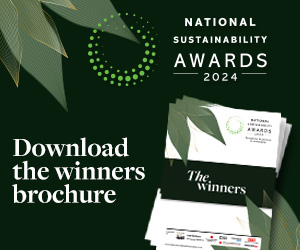A new IEA report examines the immediate steps the oil & gas industry needs to take to significantly reduce its emissions footprint and help move the world closer to meeting its international energy and climate goals.
Emissions from Oil and Gas Operations in Net Zero Transitions – aims to inform discussions in the run-up to the COP28 Climate Change Conference in Dubai in November.
The production, transport and processing of oil and gas emitted the equivalent of 5.1 billion tonnes of CO2 in 2022. In the IEA’s Net Zero Emissions by 2050 Scenario a concerted effort by all oil & gas companies worldwide to limit the emissions intensity of their operations leads to a 60 per cent cut in these emissions by the end of the decade.
Around $600bn spending is required this decade to achieve the cut, but many of the measures also generate additional income streams by avoiding the use or waste of gas meaning they can quickly recoup the upfront spending required.
The report identifies five key levers to achieve this reduction, including: tackling methane emissions; eliminating all non-emergency flaring; electrifying upstream facilities with low-emissions electricity; equipping oil and gas processes with carbon capture, utilisation and storage; and expanding the use of low-emissions hydrogen in refineries.
Latest News
-
Building Society hands out £1m to tackle inequality
-
Premier League and Comic Relief partnership aims to improve children’s mental health
-
Russell Hobbs launches food poverty campaign in schools
-
Tottenham Hotspur and charities launch film to tackle mental health stigma
-
Cardfactory funds homelessness charity’s team of psychologists
-
Bingo firm raises £300,000 for the Stroke Association
© 2019 Perspective Publishing Privacy & Cookies







Recent Stories